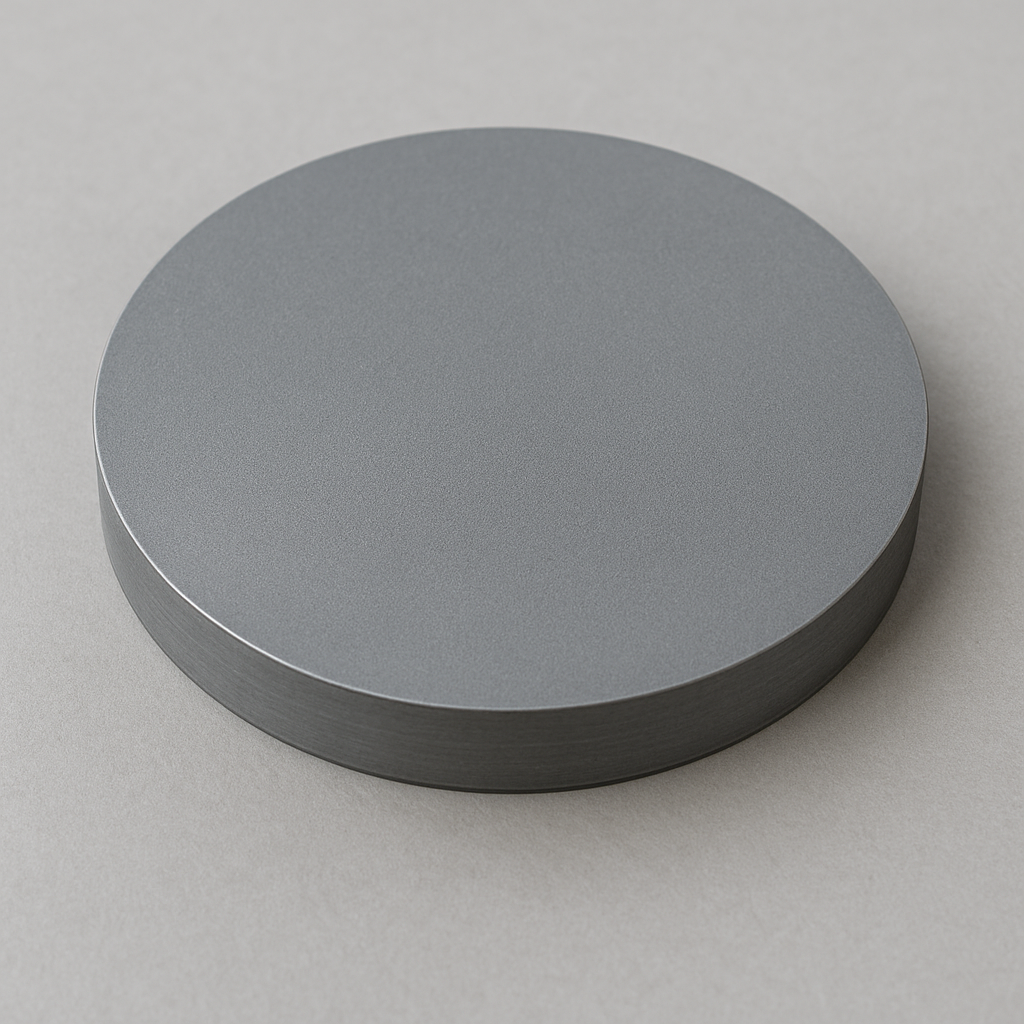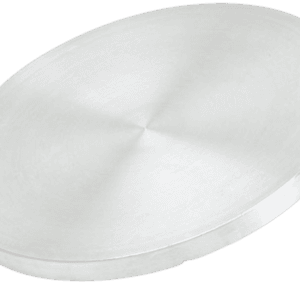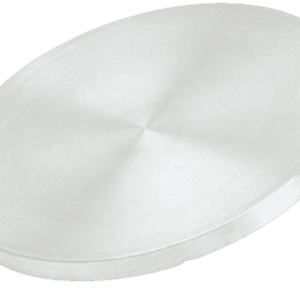Cobalt Iron Aluminum Sputtering Target
Introduction
The Cobalt Iron Aluminum Sputtering Target (Co₂FeAl) is a specialized alloy material widely used in thin film research and advanced device fabrication. Its unique combination of cobalt, iron, and aluminum provides tunable magnetic and structural properties, making it a valuable choice for spintronics, magneto-optical devices, and surface engineering applications.
Detailed Description
Co₂FeAl belongs to the family of Heusler alloys, known for their half-metallic ferromagnetic behavior. This property makes the sputtering target especially attractive for magnetic tunnel junctions and spintronic components, where electron spin polarization is critical. The alloy exhibits:
Stable crystal structure that promotes uniform thin film deposition.
High Curie temperature, ensuring thermal stability in magnetic films.
Adjustable magnetic properties based on deposition parameters and post-annealing conditions.
Targets are manufactured with high density and fine microstructure to minimize particle generation during sputtering, enhancing coating quality and reproducibility. Bonded options with copper or titanium back plates improve heat dissipation and operational stability in magnetron sputtering systems.
Applications
The Cobalt Iron Aluminum Sputtering Target is primarily used in:
Spintronics and magnetoresistive random-access memory (MRAM).
Magnetic tunnel junctions and read/write heads.
Thin film sensors and actuators.
Functional coatings in electronics and optics.
Fundamental research on half-metallic and Heusler alloys.
Technical Parameters
| Parameter | Typical Value / Range | Importance |
|---|---|---|
| Purity | 99.9% – 99.99% | Higher purity ensures fewer defects in spintronic films |
| Diameter | 25 – 150 mm (customizable) | Fits common sputtering systems |
| Thickness | 3 – 6 mm | Affects sputtering lifetime and rate |
| Bonding | Indium / Copper backing | Improves adhesion and heat transfer |
Comparison with Related Materials
| Material | Key Advantage | Typical Application |
|---|---|---|
| Cobalt Iron Aluminum | Half-metallic ferromagnet, spin polarization | Spintronics, MRAM |
| Cobalt Chromium | Corrosion resistance | Decorative and protective films |
| Iron Platinum | High magnetic anisotropy | High-density recording media |
FAQ
| Question | Answer |
|---|---|
| Can the target composition be adjusted? | Yes, stoichiometry can be tailored according to research requirements. |
| What bonding options are available? | Indium bonding or copper/titanium backing plates can be provided. |
| How is the target packaged? | Vacuum-sealed, cushioned with protective foam, and shipped in export-safe crates. |
| What deposition techniques are suitable? | Primarily magnetron sputtering, but also compatible with RF and DC sputtering systems. |
| Is customization possible? | Yes, we supply custom dimensions, purities, and bonding services. |
Packaging
Each Cobalt Iron Aluminum Sputtering Target is carefully vacuum-packed and labeled for traceability. External shock-absorbing layers and wooden crates are used for international shipments to prevent damage during transit.
Conclusion
The Co₂FeAl sputtering target is an advanced material solution for next-generation magnetic and electronic devices. Its unique half-metallic properties, combined with customizable sizes and high purity, make it a reliable choice for both industrial users and research institutions.
For detailed specifications and a quotation, please contact us at [sales@thinfilmmaterials.com].





Reviews
There are no reviews yet.